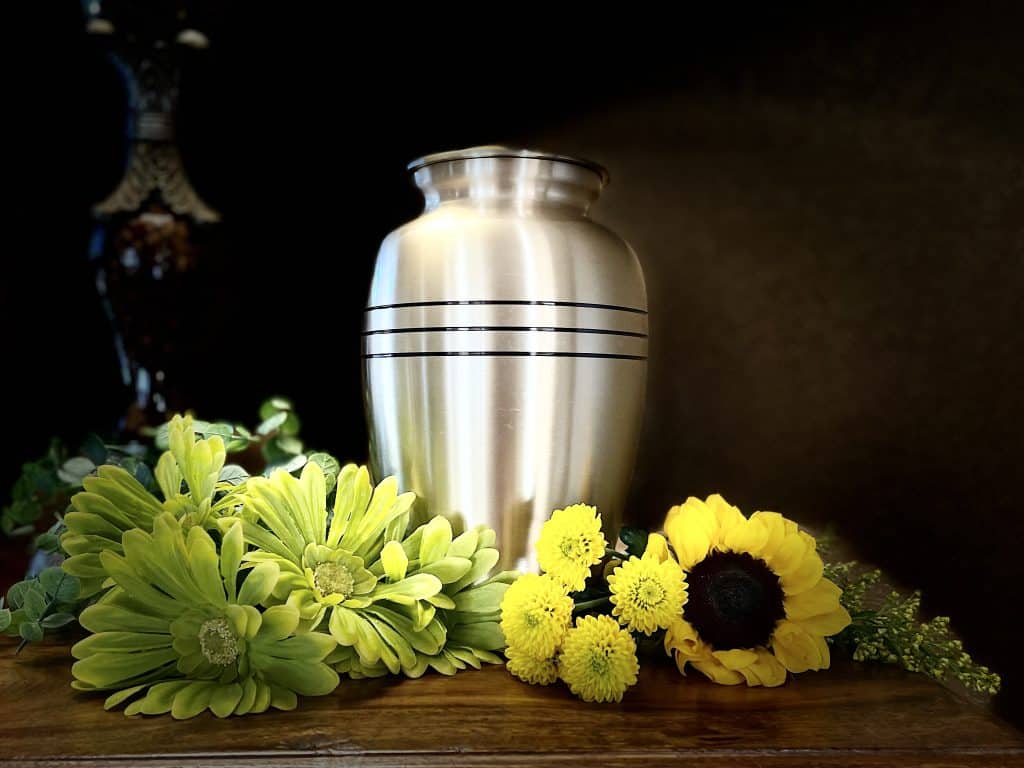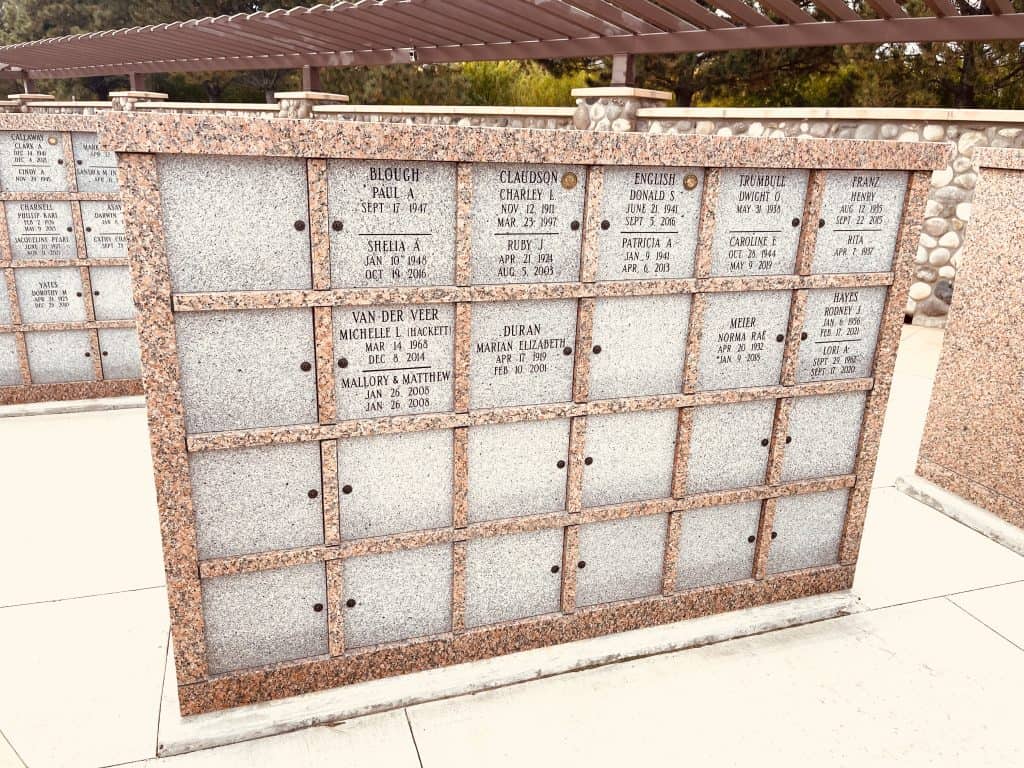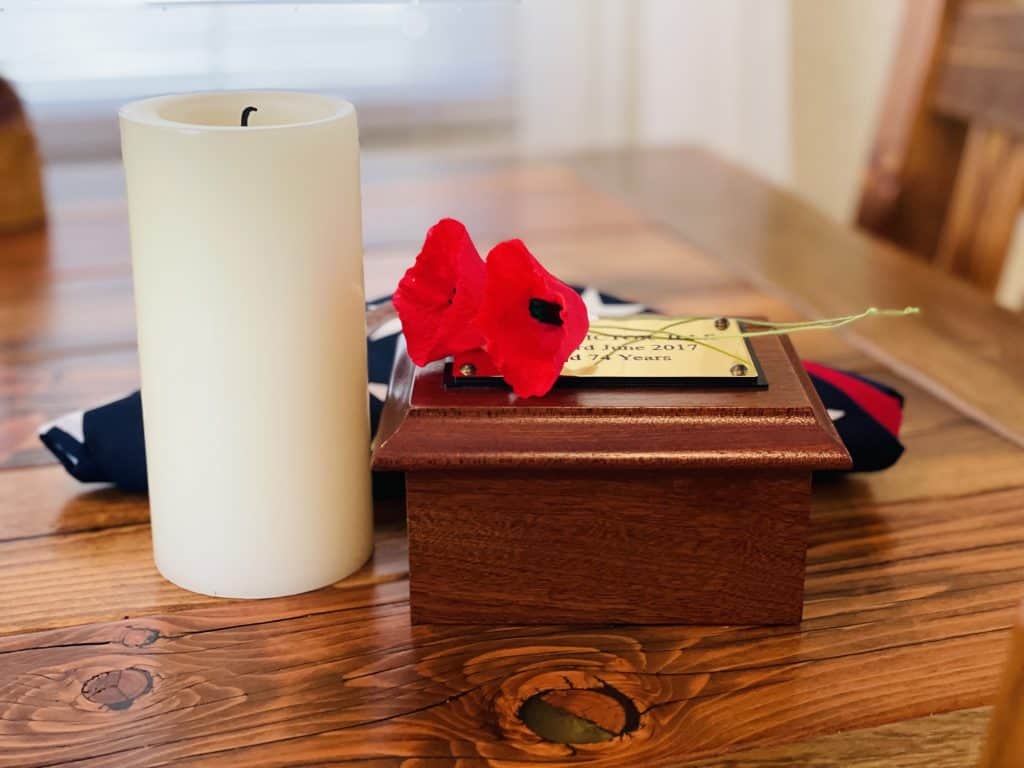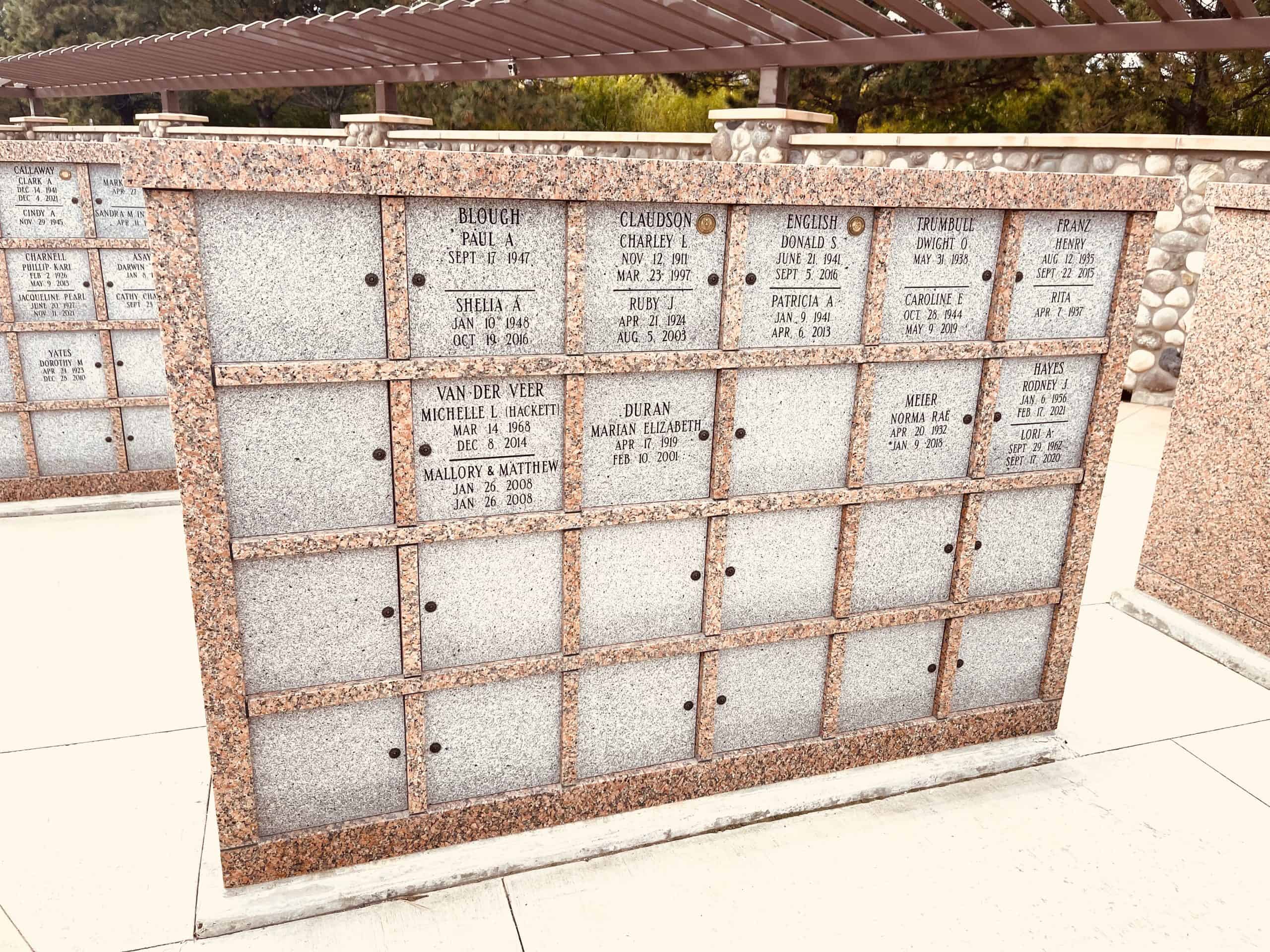The practice of cremation within the Catholic Church has undergone significant changes over the decades, reflecting broader societal shifts and theological reconsiderations. For much of its history, the Catholic Church banned cremation as a means of disposition for deceased Catholics.
Cremation was not allowed according to the Catechism of the Church, as it was not a proper way to respect the dead and respect the human body. This is related to the notion that man was created in the likeness of God (Gen. 1:26-27) and that the body must be ‘intact’ to be received into heaven.
The Catholic Church initially banned the practice to counter Roman pagan beliefs, which involved cremating the dead, as they did not believe in the afterlife.

Here’s an updated guide to understanding where the Catholic Church stands on cremation today.
Historical Context of The Church and Cremation.
For centuries, the Catholic Church firmly opposed cremation, primarily due to the belief in the resurrection of the body, which was thought to be symbolically better represented by burial.
Catholic Cremation is a subject that has received much debate and attention. Many Catholic churches still discourage cremation; those that do allow it will most likely have certain stipulations to be met.
Interestingly, the Bible has the words “ashes to ashes, dust to dust,” which many people take to mean that the scriptures condone cremation. Since 18% of our body is constituted from carbon (the second-highest component after water), cremation fits the notion of ‘ashes to ashes.’
In Catholic belief, the soul leaves the body at death, only to be reunited at the end of time. The body is seen as a ‘holy temple’ to be preserved, and for a long time, Catholics believed that the soul could not be resurrected if the body had been cremated.
Faced with a societal shift towards cremation, the Vatican made pivotal changes in 1963, allowing for cremation under certain conditions, acknowledging modern sanitation issues, limited burial space, and economic considerations.
The Church’s Current Stance on Cremation – 2025.

When did The Church approve Cremation?
Since 1963, Catholics have been allowed to choose cremation, provided it is not done for reasons that oppose Christian doctrine, such as denying the resurrection of the body. This shift was formalized to ensure that cremation does not signify rejecting Christian beliefs but rather a practical choice.
What does The Church Recommend on Funeral Rites and Cremation?
The Church strongly recommends that the body be present for the funeral rites to express the respect due to the body as the temple of the Holy Spirit.
However, if cremation must occur before the funeral, the cremated remains can still be brought to the church for the Funeral Mass, thanks to an indult granted in 1997 for the United States. The remains are treated with the same reverence as the body would be and placed appropriately during the service.
Considerations and Practices for the Handling of Cremated Remains.

Prohibited Practices: The Church explicitly forbids the scattering of ashes, preservation in jewelry, or division of the remains. These practices are seen as potentially pantheistic or nihilistic and are not in line with Catholic teachings on the sanctity of human remains.
Correct Practices: The ashes must be laid to rest in a sacred place, such as a cemetery, a church columbarium, or a place dedicated for this purpose. This practice aligns with the belief in the resurrection and the dignity of the human body.
Pastoral and Practical Considerations: Many dioceses offer guidance and sometimes special services for the interment of cremated remains, particularly focusing on those who might have been cremated without proper rites. For example, on All Souls’ Day, some dioceses provide opportunities for families to inter remains in a respectful, communal setting.
Education and awareness are key. The Church encourages its members to understand cremation’s theological implications and plan their funerals with these teachings in mind.
Cultural Sensitivity: While the general rule is against keeping cremains at home, exceptions can be made in exceptional cultural contexts, but this requires the bishop’s permission and is rarely granted.
Conclusion: Balancing Traditional Religious Beliefs with Modern Death Care Practices.

The Catholic Church’s approach to cremation reflects a balance between traditional beliefs and contemporary practices. It emphasizes respect for the body even in its cremated form, ensuring that the rituals surrounding death and burial continue to affirm the faith’s teachings on the resurrection of the body and eternal life.
For those planning or attending a Catholic funeral involving cremation, understanding these guidelines ensures that the rites are conducted with the dignity and respect inherent to Catholic tradition.
References:
Cremation in the Christian World
Vatican issues guidelines on cremation, says no to scattering ashes
For more detailed guidelines, refer to the Order of Christian Funerals and the relevant sections in the Catechism of the Catholic Church.


